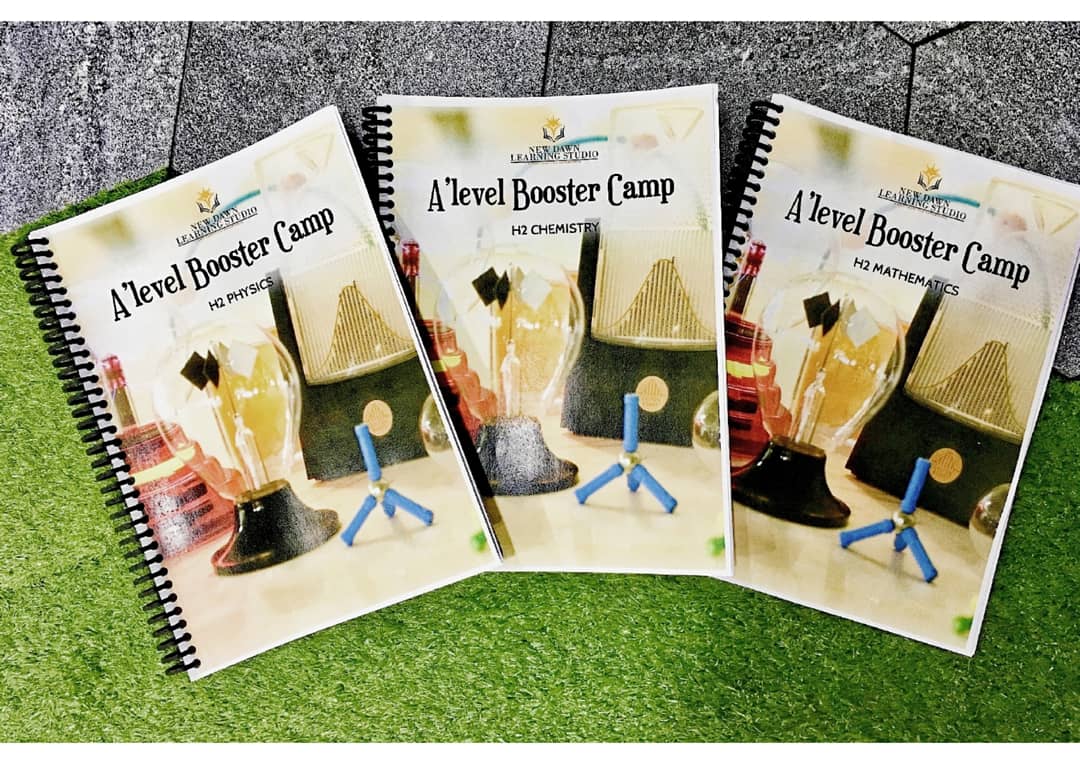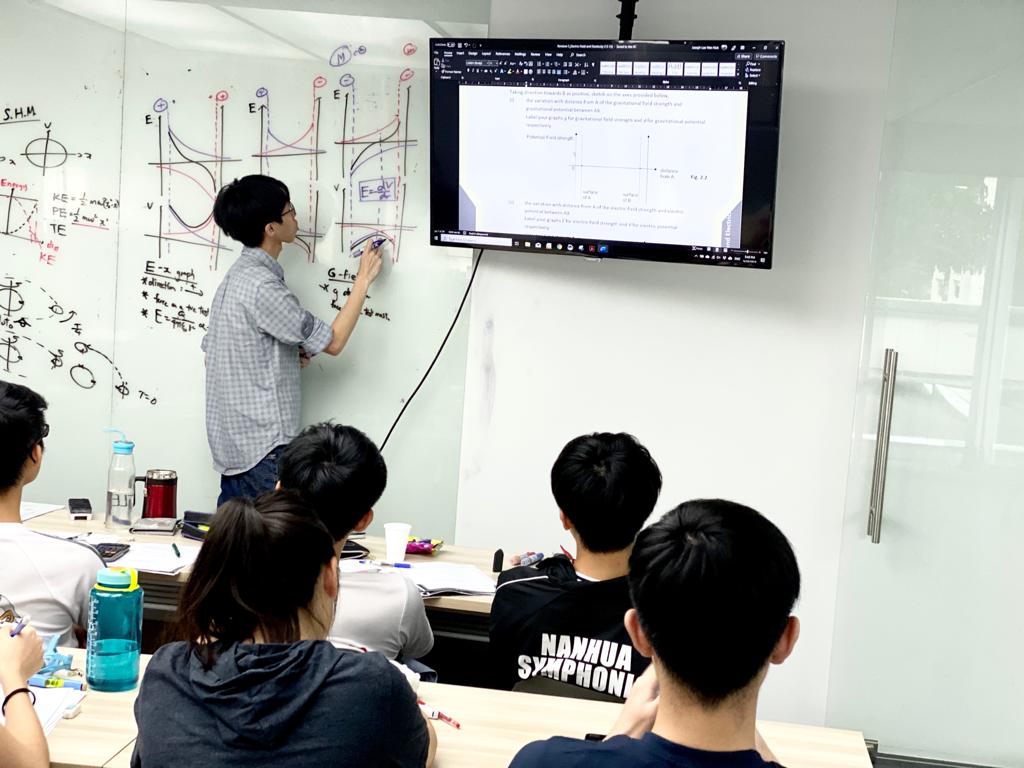
Nearing the examinations, every second needs to be effectively spent. However, with so many things you want to do but with so little time, compounded with intensifying stress, it becomes difficult to decide what to do.
Some might choose to practise more questions few days before the examinations. Though there are potential benefits to be reaped, I however feel that it is not the most effective way to utilize your time. The primary benefit of practice is to familiarize yourself with the question types and to train your speed. However, these benefits would only be significant if you have been practising frequently. Thus, spending the last few days cramming additional questions would not be of great help to you. Some might argue that solving challenging questions would be beneficial to them. However, I would argue that though one may feel a sense of satisfaction after solving such challenging questions, the likelihood of a similar question coming out is slim. hence, I feel that practising questions days before the examinations would not be helpful.
Instead of drilling on questions, I feel that flipping through you notes and tutorials would derive greater benefits. Flipping through your notes from H2 math tuition or from school would require less time to cover all the content. Moreover, you might also relearn things that you could have missed when you initially learnt the topic. Such missing content is important as they could reveal possible misconceptions that you have and could also be nitpicked by the setters. Additionally, you would also be able to revisit the definitions of certain terms and the understanding of certain concepts. With the 2019 H2 math Paper 2 focusing more on explanation and understanding, I have a strong premonition that future math exams would require us to explain more and hence revising the content would be crucial.
You might also consider flipping through your tutorials be it from school or from A Level math tuition. this would allow you to spot the mistakes that you frequently commit and make sure you do not make such mistakes again. Moreover, you should also take note of the various presentation that the markers are looking out for. For example, in graph sketching, the markers would be looking out for the shape of the graph, the various axial intercepts, the asymptotes, and the labels. The detailed requirements could be easily missed if they are not relooked at.
In addition to rereading of notes and tutorials, you might want to memorise certain formulas, which could not be easily derived on the spot and is not given in the MF26 formula sheet. For example, you may want to memorise the formula for the volume when a curve is rotated around the axes. Moreover, you could also focus on memorizing standard methods that you might easily forget. Methods such as those used to find the distance between planes, lines and dots, to find maxima and minima points etc.
When it’s hours before the exam, some might choose to rest with the rationale that they want a fresh head when they enter the exam hall. I, however, am an advocate of “warming the head up”. That is to avoid feeling lethargic and sluggish before the start of the exam, especially if the paper is in the morning. As a result, not every minute within the exam hall is spent at your optimal performance level. For warm ups, I propose doing a simple set of questions that are not too tough, this could come from your JC math tuition or from your school tutorials. This would activate your brain when you step into the examination hall, allowing you to quickly tackle those first few easy questions and buy more time for the tough ones later on.




 Upon receiving your recent H2 Mathematics examination results, you may be disappointed that you have failed or barely passed it even though you have worked hard to prepare for the examination. Now, you may be wondering: Should I drop from H2 Mathematics to H1? To help you make a better-informed decision, here is a list of things that you should consider.
Upon receiving your recent H2 Mathematics examination results, you may be disappointed that you have failed or barely passed it even though you have worked hard to prepare for the examination. Now, you may be wondering: Should I drop from H2 Mathematics to H1? To help you make a better-informed decision, here is a list of things that you should consider.


 Vectors could be daunting and is arguably the most difficult topic in H2 mathematics. Many JC students struggled with it, some survived while others perish when it comes to vectors questions. Here, we offer some tips to better tackle this topic and show how
Vectors could be daunting and is arguably the most difficult topic in H2 mathematics. Many JC students struggled with it, some survived while others perish when it comes to vectors questions. Here, we offer some tips to better tackle this topic and show how  Every student in Singapore has had their fair share of experience with E-Math in their Secondary school days. But by the time we hit our upper Secondary years, we start getting the option to learn higher levels of mathematics, such as
Every student in Singapore has had their fair share of experience with E-Math in their Secondary school days. But by the time we hit our upper Secondary years, we start getting the option to learn higher levels of mathematics, such as  SEAB and Cambridge have recently decided to switch the format of the H2 mathematics paper to booklet form. This could be advantageous to those who usually miss out parts of the question. However, it also brings about the trouble of having to flip through pages which can often cause negligent students to make careless mistakes when transferring key steps. Not to worry though, we have a few tips that we teach our JC students in our
SEAB and Cambridge have recently decided to switch the format of the H2 mathematics paper to booklet form. This could be advantageous to those who usually miss out parts of the question. However, it also brings about the trouble of having to flip through pages which can often cause negligent students to make careless mistakes when transferring key steps. Not to worry though, we have a few tips that we teach our JC students in our